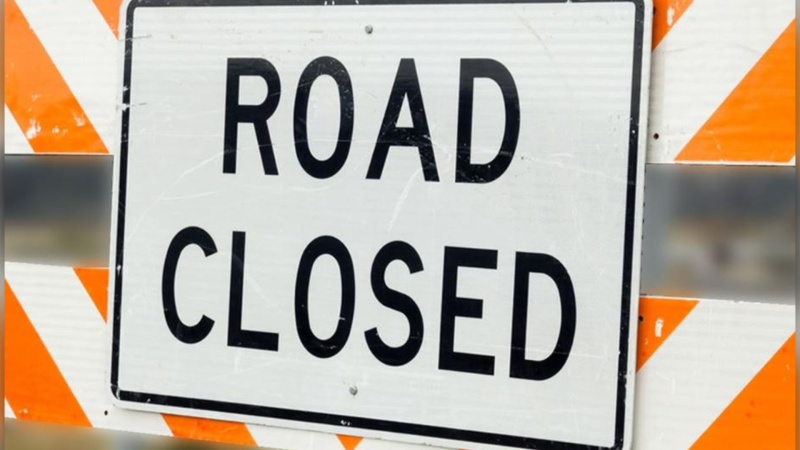Four months after a judge approved a class-action settlement between the province and former residents of the Huronia Regional Centre – some families are looking to honour former residents.
Peter Haskey didn’t know he had a brother until his thirteenth birthday. The same day he found out his brother was dead.
“The social worker just said to me you had a brother that died.”
Peter’s brother was John Haskey. He was one of seven children. Their dad left, their mom drank. The children all ended up in foster care. When he was just 12, John Haskey was brought to the Huronia Regional Centre where he was admitted as a mentally defective patient.
“He was here all by himself and nobody, no one came to see him, no one came to see him ever,” added Haskey.
Until last fall, Peter didn’t know his brother had been here. When HRC was in the news last year, Peter’s niece starting looking into the family’s history.
“We knew we had an uncle who was born with developmental difficulties but we thought he died in infancy,” says Paola di Paolo.
Paola, the niece, eventually tracked down her Uncle John’s file. Medical reports said he was ‘slow’ and walked with a limp. He’s also described as pleasant, short boy with brown hair. John Haskey lived at Hurnonia for six years; he later died in 1944 at age 16 of an ear infection.
“He deserved to be cared for and hugged and loved like any other child,” says Paolo
John Haskey was buried in the Huronia Cemetery.
“Was he just put in a box and buried? Covered up and forgotten?” asks Haskey.
Peter worried his brother was all alone when he died but he wasn’t. Five people came to his funeral – including the priest – but no family.
Thousands of people are buried at the cemetery – some of the graves are marked by a number rather than a name. Shame and bureaucracy made some HRC residents anonymous in death. This family wants to change that.
“These are the people who didn’t survive. They also need to be treated with respect,” added Paolo.
Not only does the family want to put a proper headstone on John’s grave, they want the government to identify the nearly 15,000 others who are buried in unmarked graves.
“All the information is there it just needs to be put together which would be very easy to do,” says Paolo.
Old maps show where people are buried. The numbers all correspond to a person and are available in the provinces’ archives. But the province says it’s not possible to identify and mark the graves.
On Friday, the doors of the Huronia Regional Centre will be reopened. Former residents are returning to the empty buildings looking for closure, looking for answers and hoping they can turn the page on this difficult chapter of their lives. At the cemetery, there will be a moment of silence - a chance to remember the thousands of people who died while living at Huronia and the nearly 1,500 people buried here with no names or markings on their graves.



























